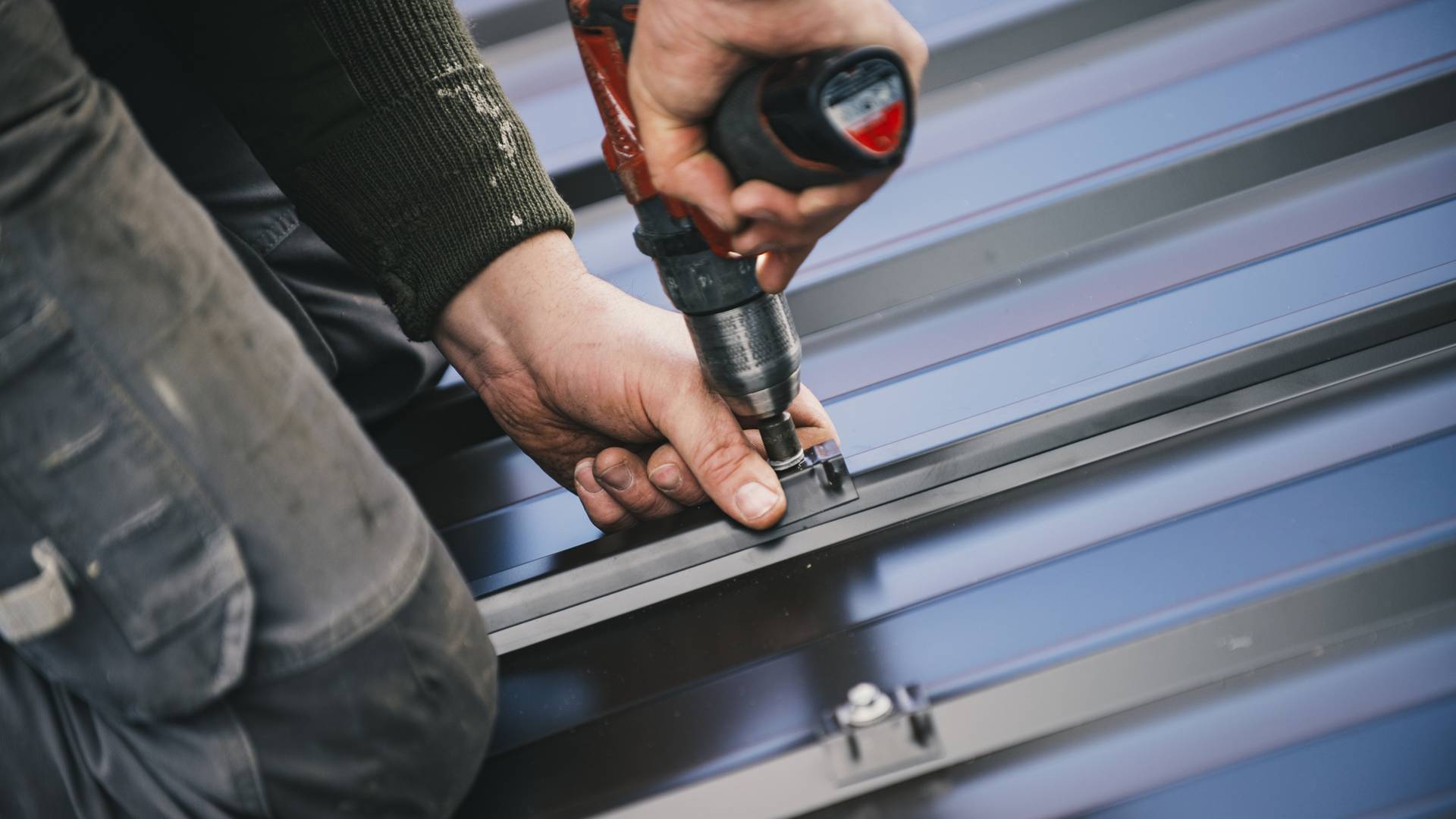The Heat Absorption Factor
The fundamental concept behind how roof color affects energy efficiency lies in heat absorption. As sunlight hits your roof, it can either be absorbed or reflected. Dark-colored roofs, such as black or dark brown, have a higher heat absorption rate. They absorb a significant portion of the sun's energy, which can cause the roof surface to become extremely hot. On the other hand, light-colored roofs, such as white or light gray, reflect more sunlight, preventing excessive heat absorption.
Impact on Home Cooling
During scorching summer months, dark-colored roofs can turn your home into a virtual oven. The heat absorbed by the roof transfers to the interior, making your air conditioning system work harder to maintain a comfortable indoor temperature. As a result, energy consumption increases, leading to higher utility bills and a greater carbon footprint.
In contrast, homes with light-colored roofs experience less heat transfer to the interior. This reduced heat absorption means that the cooling system doesn't have to work as hard, resulting in lower energy consumption and cost savings over time. Additionally, a cooler home is more comfortable for occupants, promoting a healthier living environment.
Climate Considerations
The impact of roof color on energy efficiency varies depending on the climate of your region. In hot and sunny climates, such as in desert areas, a light-colored roof can significantly reduce heat absorption and help keep your home cooler. However, in colder climates, where heating is more critical than cooling, a dark-colored roof may be more beneficial, as it can absorb more heat from the sun and assist in warming the interior during winter months.
Urban Heat Island Effect
Another crucial aspect to consider is the urban heat island effect. Urban areas tend to have higher temperatures than surrounding rural areas due to human activities, dark surfaces, and reduced green spaces. Dark-colored roofs in cities contribute to this effect by absorbing and retaining more heat, thereby exacerbating local temperatures.
If more buildings in urban areas switched to light-colored roofs, the overall temperature could be lowered. This would not only benefit individual homes in terms of energy efficiency but also contribute to a more sustainable and comfortable urban environment.
Roofing Material Matters
While the color of your roof plays a significant role in energy efficiency, the roofing material itself also influences how much heat is absorbed or reflected. Asphalt shingles, for example, are available in a range of colors, but their heat absorption capabilities can vary. Additionally, metal roofs, especially those with reflective coatings, tend to reflect more sunlight, making them an excellent choice for hot climates.
Eco-friendly Roofing Solutions
Suppose you're considering replacing your roof or building a new home. In that case, it's worth exploring eco-friendly roofing materials and colors that optimize energy efficiency. Some roofing materials are designed with reflective coatings or light-colored finishes to enhance heat reflection.
Green roofing is another eco-friendly option where the roof is covered with vegetation. This not only provides insulation and reduces heat absorption but also offers various environmental benefits, including improved air quality, rainwater retention, and habitat creation for wildlife.
The color of your roof is a crucial factor in determining the energy efficiency of your home. Choosing the right roof color can help you save on energy costs, reduce your carbon footprint, and create a more comfortable living space. Whether you live in a hot or cold climate, it's essential to consider how roof color affects your home's overall energy performance. By making informed decisions and opting for eco-friendly roofing solutions, you can contribute to a more sustainable future while enjoying the benefits of a more energy-efficient home.
